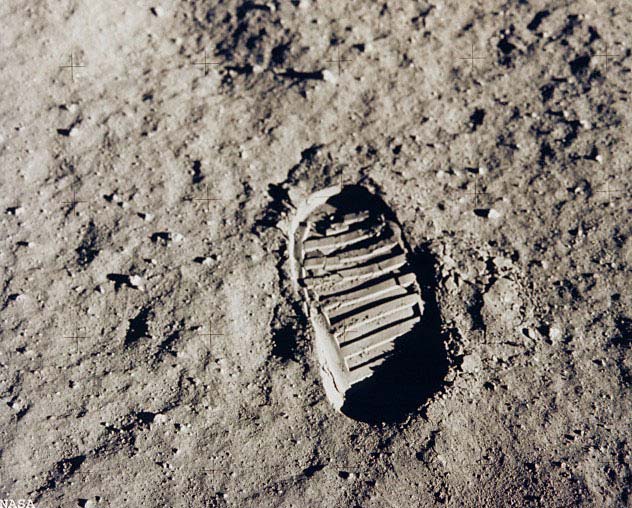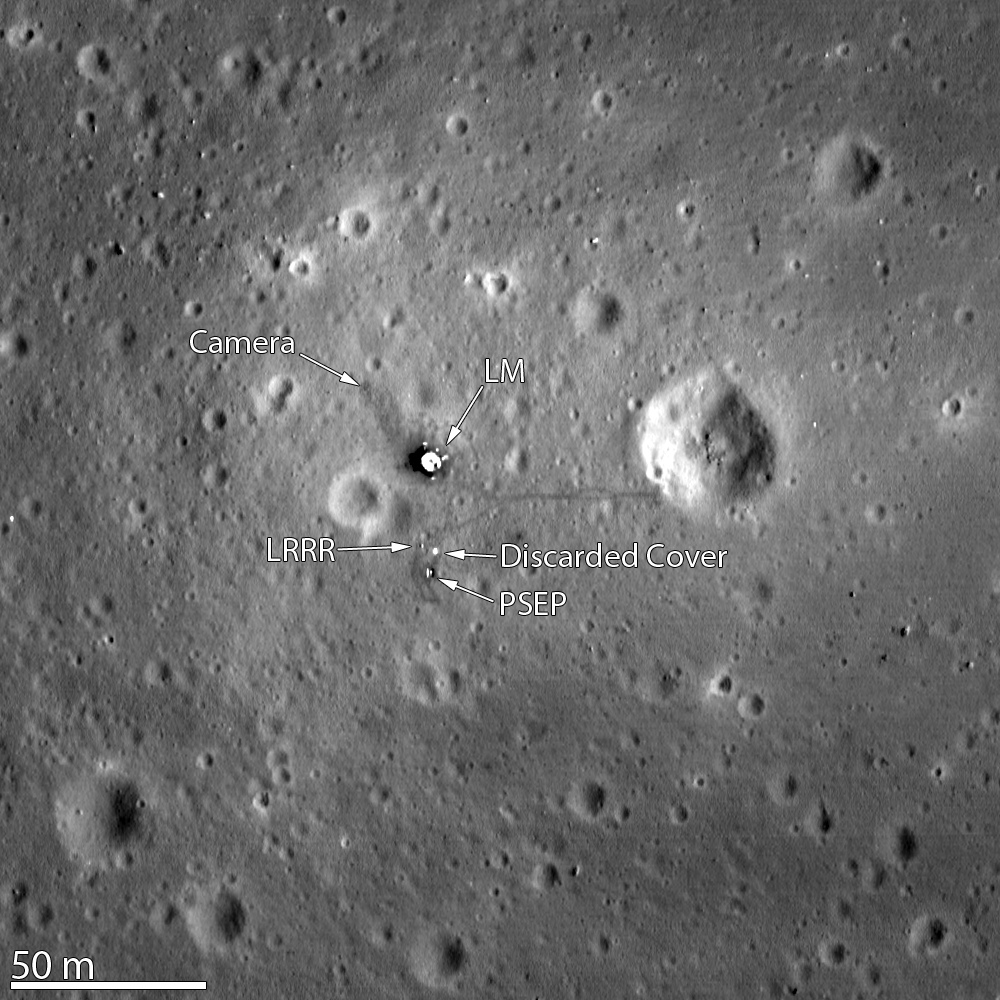Moon Bill Would Create National Park to Protect Apollo Landing Sites

A new bill introduced into the U.S. Congress would establish the Apollo Lunar Landing Sites National Historical Park on the moon.
Called the Apollo Lunar Landing Legacy Act, the bill was introduced Monday (July 8) by Rep. Donna Edwards of (D-Md.) and was co-sponsored by Rep. Eddie Bernice Johnson (D-Texas).
The bill (House Resolution 2617) was referred to the Committee on Science, Space, and Technology, and in addition to the House Committee on Natural Resources. [See photos of the Apollo moon landing sites today]

Protect sites for posterity
Noting that the Apollo lunar program was one of the greatest achievements in American history, the bill notes that, as commercial enterprises and foreign nations acquire the ability to land on the moon, "it is necessary to protect the Apollo lunar landing sites for posterity."
In part, the bill calls for no later than one year after the date of enactment of the act, "there shall be established as a unit of the National Park System the Apollo Lunar Landing Sites National Historical Park."
Creating such a park will expand and enhance the protection and preservation of the Apollo lunar landing sites, the bill states, "and provide for greater recognition and public understanding of this singular achievement in American history."
Get the Space.com Newsletter
Breaking space news, the latest updates on rocket launches, skywatching events and more!
Astronauts and instruments
In the bill, "Apollo lunar landing sites" refer to all areas of the moon where astronauts and instruments connected to the Apollo program between 1969 and 1972 touched the lunar surface.
The bill also spotlights the artifacts on the surface of the moon associated with the ill-fated Apollo 13 mission, "which had an instrumentality crash land on the lunar surface April 14, 1970," the bill states.
Exactly what this passage suggests isn't spelled out, although on April 14, 1970, the Apollo 13 mission's Saturn IVB upper stage impacted the moon north of Mare Cognitum. That human-caused impact crater, which is roughly 100 feet (30 meters) in diameter, has been imaged by the super-sharp camera system onboard NASA's Lunar Reconnaissance Orbiter.

Lunar National Park duties
The Secretary of the Interior is identified in the bill as the administrator of the historical park. That agency would work with NASA under an agreement that hammers out respective duties and responsibilities to manage the park.
Those duties include ensuring the proper monitoring of the Apollo lunar landing sites; managing access to the sites, including through coordination with other spacefaring nations and entities; and ensuring an accurate cataloguing of items in the park (in conjunction with the director of the Smithsonian Institution).
The bill also calls for the heads of the Department of the Interior and NASA to "submit the Apollo 11 lunar landing site to the United Nations Educational, Scientific, and Cultural Organization (UNESCO) for designation as a World Heritage Site" no later than one year after the park's establishment.
Leonard David has been reporting on the space industry for more than five decades. He is former director of research for the National Commission on Space and is co-author of Buzz Aldrin's new book "Mission to Mars – My Vision for Space Exploration" published by National Geographic. Follow us @Spacedotcom, Facebook and Google+. Original article on SPACE.com.
Join our Space Forums to keep talking space on the latest missions, night sky and more! And if you have a news tip, correction or comment, let us know at: community@space.com.

Leonard David is an award-winning space journalist who has been reporting on space activities for more than 50 years. Currently writing as Space.com's Space Insider Columnist among his other projects, Leonard has authored numerous books on space exploration, Mars missions and more, with his latest being "Moon Rush: The New Space Race" published in 2019 by National Geographic. He also wrote "Mars: Our Future on the Red Planet" released in 2016 by National Geographic. Leonard has served as a correspondent for SpaceNews, Scientific American and Aerospace America for the AIAA. He has received many awards, including the first Ordway Award for Sustained Excellence in Spaceflight History in 2015 at the AAS Wernher von Braun Memorial Symposium. You can find out Leonard's latest project at his website and on Twitter.









